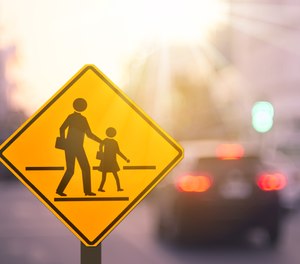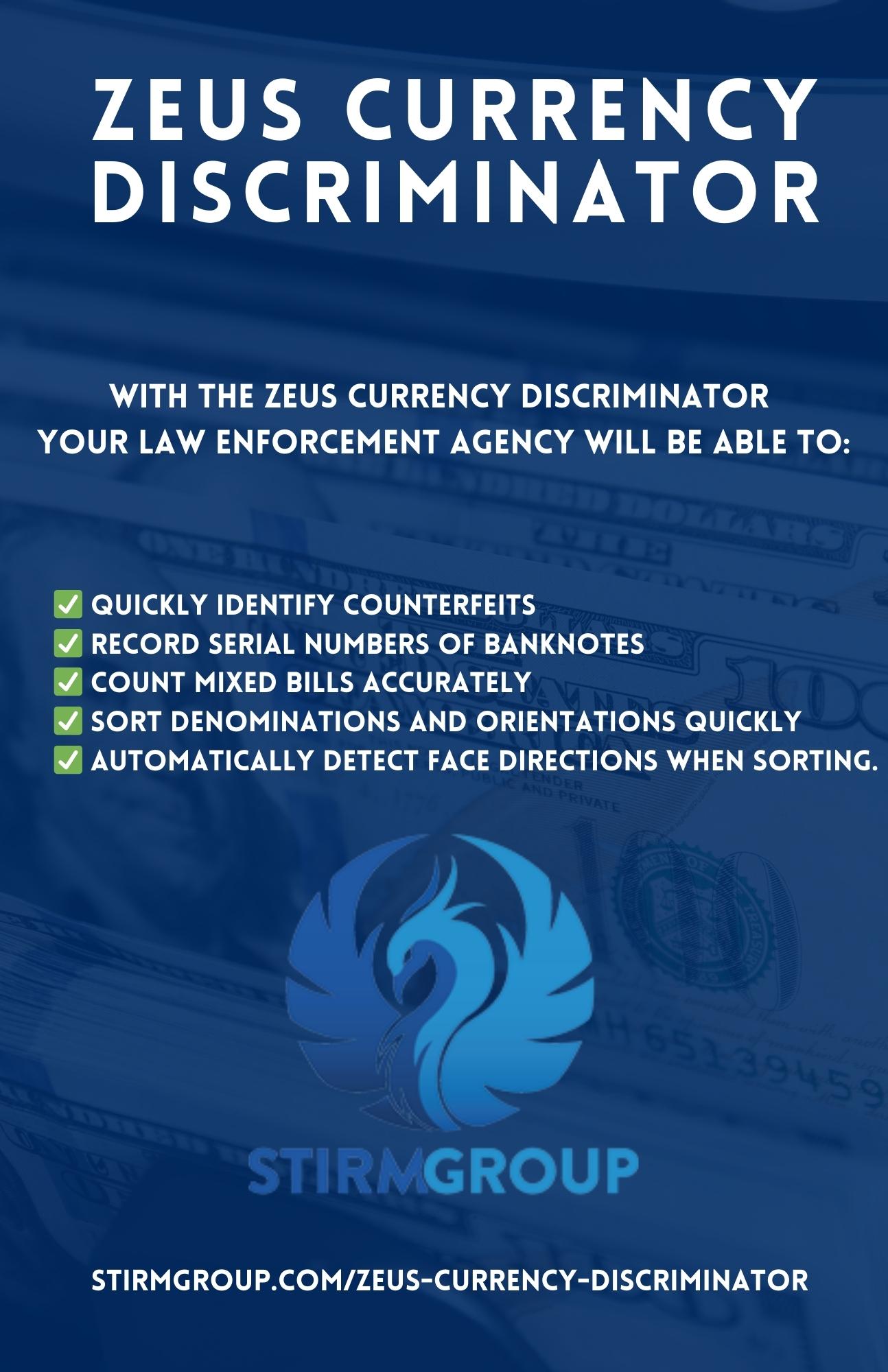Sponsored by Jenoptik
By Police1 BrandFocus Staff
Traffic cameras have become a hot-button issue around the country in recent years, provoking fights in city councils, local legislatures and state houses from Cincinnati to Des Moines to Phoenix. The main objections to the installation of both traffic cameras and red light cameras generally have to do with privacy concerns (is the government spying on me?) or accusations that they would be used for revenue generation (the city or county will use these cameras to issue extra citations to make up budget shortfalls).

Speed enforcement cameras are especially useful when it comes to helping enforce speed limits in more vulnerable areas such as school or construction zones. (Getty Images)
While these objections are possibly rooted in genuine concern, they are based on some common misconceptions about what speed enforcement cameras are, how they work and what they are intended to accomplish. With traffic fatalities in America on the rise (and already higher than in peer countries), the need for effective, innovative solutions has never been more dire.
Three Myths About Speed Enforcement Cameras
Myth 1: Speed Enforcement Cameras are the Same as Red Light Cameras
This myth (more of a misunderstanding) is extremely common among those who object to speed enforcement cameras. Red light and speed enforcement cameras are similar in that both capture a picture and video of the violation to include the license plate. These images and videos are reviewed by an empowered official who make a determination to issue a ticket or not. Red light cameras are deployed 24 hours a day year-round. Speed camera deployments are based on the circumstances of deployment; for instance, a speed camera in a school zone can enforce speeding during the specific times of the day when children are walking to and from school and during the instructional time the children are in school. Another deployment example would be a speed camera in a construction zone that is only enforcing the speed while the construction workers are actively working in the construction zone to ensure the safety of the workers and motoring public. Both are equally important to reduce fatalities for any safety program; however, the deployments are defined very differently.
“Speed enforcement cameras are especially useful when it comes to helping enforce speed limits in more vulnerable areas such as school or construction zones,” said Dorian Grubaugh, vice president of sales, Americas, for Jenoptik. “The difference is simple: Speed enforcement cameras enforce speed in areas with high incidents of dangerous speeds, and red light cameras are meant to reinforce intersections with high crash rates.”
Myth 2: Speed Enforcement Cameras Generate Revenue
While speed enforcement cameras can sometimes result in more revenue in the short term as police issue citations, the long-term effect is actually the opposite: Speed enforcement cameras drive compliance and change driver behavior, which eventually results in fewer speeding violations and fewer citations. In one study conducted in New York, speeding at fixed camera locations dropped by 72%.
According to the Governors Highway Safety Association, “the objective [of speed and red light cameras] is to deter violators, not to catch them. Signs and publicity campaigns typically warn drivers that photo enforcement is in use. Revenue is generated from violator fines, but this is a fundamental component of all traffic enforcement programs. The goal of traffic enforcement is to increase motorist compliance with safety laws, which means when drivers no longer run red lights or speed, the revenue from automated enforcement cameras will decline.”
If implemented properly, speed enforcement cameras will encourage better driver behavior and safer driving. Just like other traffic calming or road safety initiatives, the ultimate goal of speed enforcement cameras is to reduce incidents, and they are very effective in achieving that goal.
Myth 3: Speed Enforcement Cameras Don’t Improve Safety
Some opponents of speed enforcement cameras claim that they don’t reduce accidents or can even end up increasing accidents or collisions. These claims are based on limited evidence or cherry-picked studies – all available evidence suggests that speed enforcement cameras have a dramatic impact on reducing accidents.
Grubaugh is clear on this: “Speed cameras absolutely have been proven to gain more compliance and reduce crashes.” Specifically, these cameras work as a force multiplier when combined with other traffic calming or enforcement measures.
“[Traffic calming measures] all have a certain percentage,” says Grubaugh, “whether you’re making sure the streets are paved, they’re a part of Vision Zero, making sure the roadways are good, that they have signage, lights, markers, fresh paint, etc. That’s where speed cameras have had the highest reduction in crashes.”
Proven Solutions That Work
Though there remains a stigma around using speed enforcement cameras, there can be no doubt that these technologies work, and that they provide substantial benefits to cities and states that implement them.
At a time when most police departments are understaffed, they free up officer time and resources. They are nondiscriminatory and reduce traffic stops that can be dangerous for drivers and police. As previously mentioned, they improve the effectiveness of other traffic safety initiatives by driving compliance and changing driver behavior. They can help improve safety in school zones and construction zones, which are still uniquely dangerous.
There are other benefits to this approach as well: better traffic flow and even lower carbon emissions, especially if speed enforcement cameras are implemented over a large enough area.
Finally – and most importantly – these cameras save lives, and they are an important tool for any agency that wants to better serve their community and keep citizens safe.
Learn more by registering for this webinar: Debunking the myths about automated speed enforcement.
Visit Jenoptik for more information.


